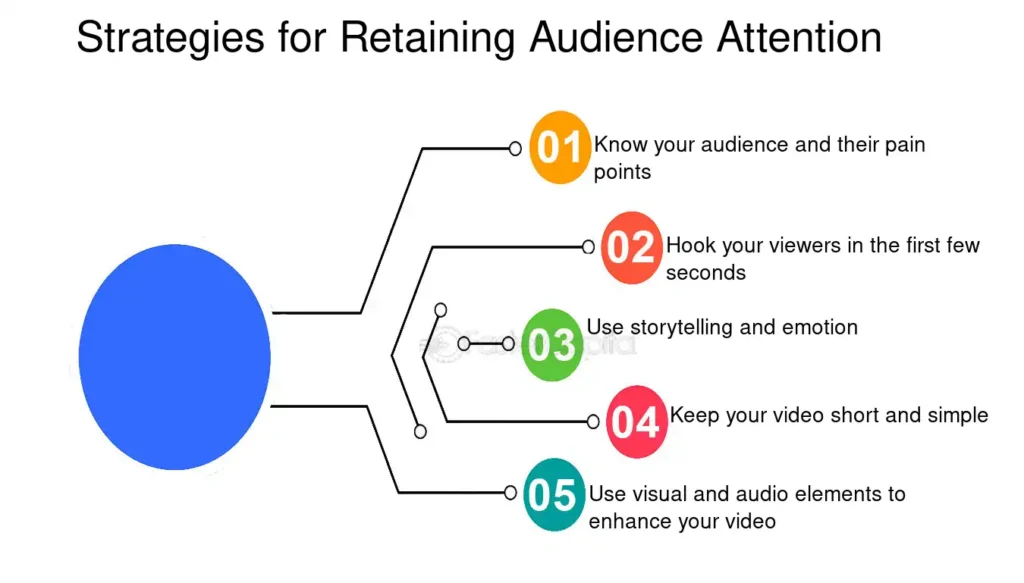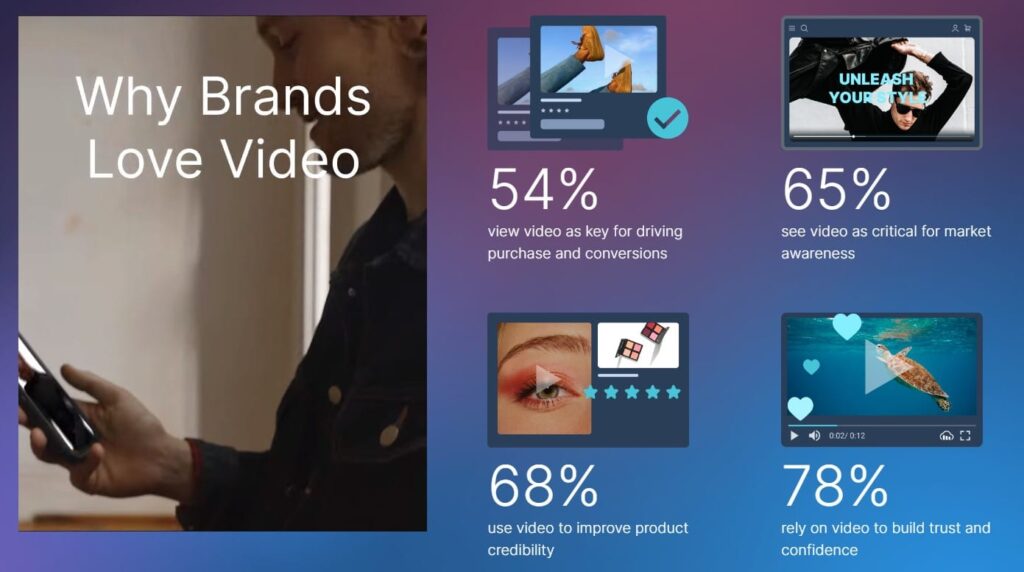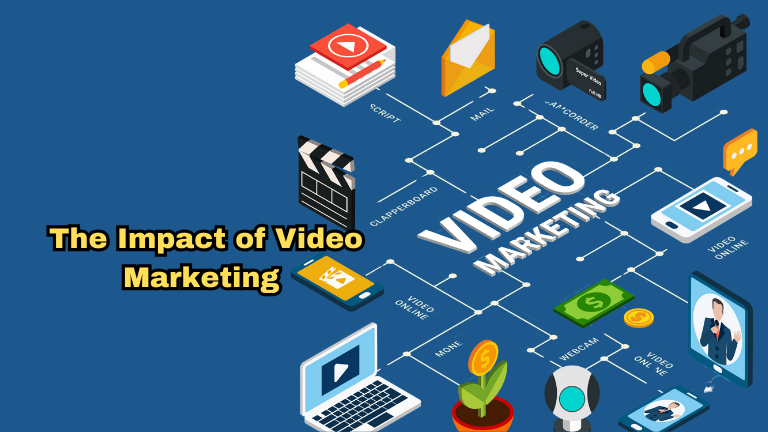Impact of Video marketing has become a potent tool for companies looking to interact with their audience in today’s digital environment. Video content is more effective than traditional marketing techniques at grabbing viewers’ attention and delivering messages in an engaging way. For organizations looking to strengthen their relationships with customers, improve their online visibility, and increase conversions, this higher level of involvement is essential. Therefore, any company hoping to succeed in the cutthroat digital market must comprehend how video marketing affects customer engagement.
Enhanced Audience Attention and Retention
By fusing visual and aural components that appeal to several senses at once, video marketing is excellent at drawing in and holding on to viewers. Given the short attention spans of today’s fast-paced digital environment, this multimodal technique works especially well. Compared to text or still images, videos are more likely to maintain viewers’ attention and stick in their minds since they are lively and interesting. Furthermore, interactive video components like call-to-action buttons and clickable links encourage active participation, which raises engagement and builds a stronger bond with the business.

Boosting Brand Awareness and Recall
By delivering information in an engaging and memorable way, video marketing is essential for increasing brand recognition and recall. Brands may use videos to effectively communicate their personality, beliefs, and merchandise to audiences. Storytelling, sound, and visuals can all work together to generate strong emotional bonds that increase brand recall. Additionally, high-quality video content is easily shared on several platforms, increasing its impact and reach.
By reaching a wider audience, this shareability helps brands become more well-known and visible. Furthermore, brand identification is reinforced by consistent branding components like logos, colors, and taglines in films, which helps customers remember the brand when making judgments about what to buy.
Driving Higher Conversion Rates
By directly and persuasively influencing consumer behavior, video marketing is a potent technique for increasing conversion rates. According to studies, after seeing a video, viewers are more inclined to take action, such as buying something, subscribing to a newsletter, or following the brand on social media. This is because, in contrast to other types of material, videos offer a more captivating and immersive experience.
They give companies the chance to show off goods or services in use, solve consumer problems, and emphasize important advantages, all of which can boost confidence and lessen reluctance to buy. Clear calls-to-action (CTAs) in videos also direct viewers to the following steps, which facilitates conversion.
Building Trust and Credibility
By offering a genuine and open representation of a company, video marketing is a very powerful tool for establishing credibility and trust with customers. Businesses may provide a real glimpse into their operations by showcasing their knowledge, client success stories, and behind-the-scenes content through films. Building enduring relationships with customers requires a sense of honesty and dependability, which is fostered by this type of transparency.
Videos that include actual clients, endorsements from influencers, or testimonies can also provide a layer of social proof, which increases confidence even further. Customers are more inclined to trust a brand’s worth and dependability when they witness actual customers talking about their great experiences with it. Essentially, video content enables organizations to create credibility with their audience by connecting with them on a more intimate and personal level.

Leveraging Social Media for Wider Reach
Social media platforms have emerged as important forces behind expanding the reach of video marketing, giving companies the opportunity to engage with a wider range of consumers. Because of their visual appeal and great shareability, videos are ideal for drawing users’ attention as they browse through their feeds. Businesses may reach millions of potential consumers with video content by utilizing social media sites like Facebook, Instagram, TikTok, and YouTube, frequently without the requirement for conventional advertising expenditures.
Furthermore, video material is prioritized by these platforms’ algorithms, which frequently give it greater prominence than other post types. Because of this, videos have an easier time becoming viral, which enables marketers to quickly grow their audience and boost engagement. Additionally, social media makes targeted video campaigns possible.
Conclusion (Impact of Video Marketing in Digital Marketing)
Because it can produce dynamic and engaging experiences, video marketing is still a crucial component of customer engagement strategies in 2025. Personalized and immersive content is made possible by cutting-edge technologies like AI and AR, which increase engagement and conversion rates. Social media platforms meet the needs of modern consumers who want mobile and on-the-go entertainment by emphasizing live streaming and short-form videos. In order to build trust and loyalty, brands must establish a strong connection with their audience through authenticity and storytelling in video marketing. Video marketing will only become more significant as long as new technologies are developed, as it will help brands attract customers and expand their businesses.


